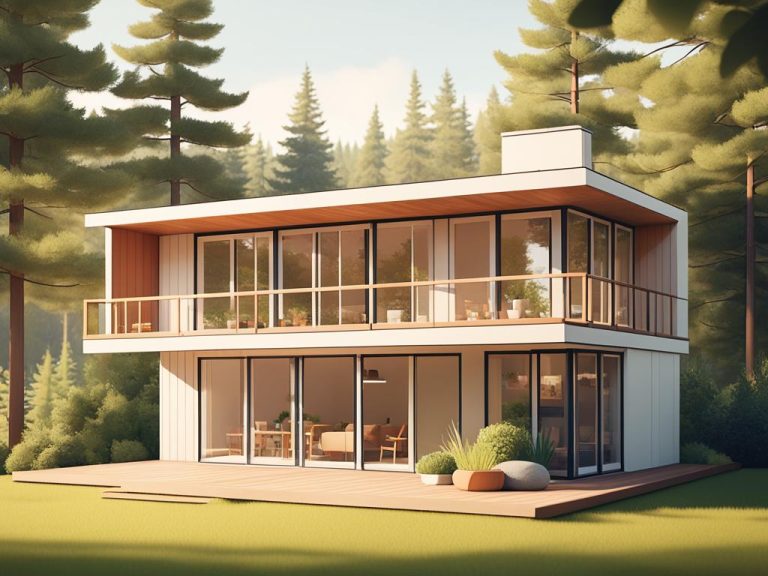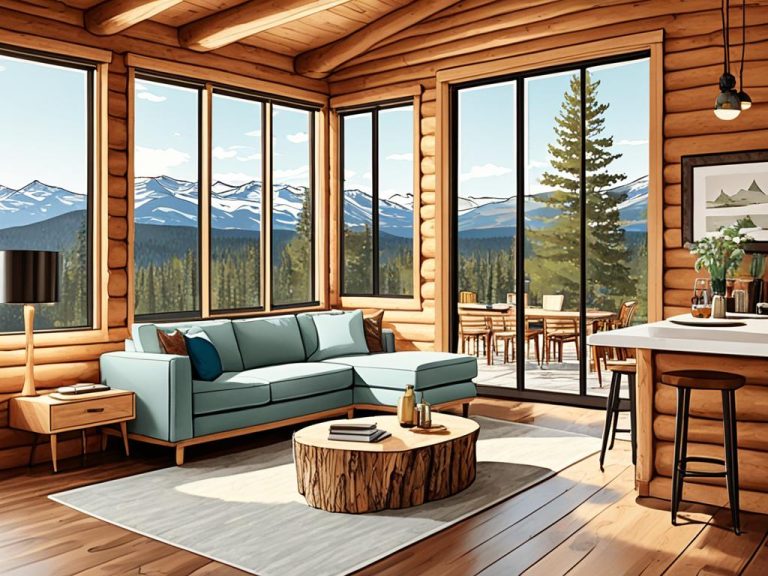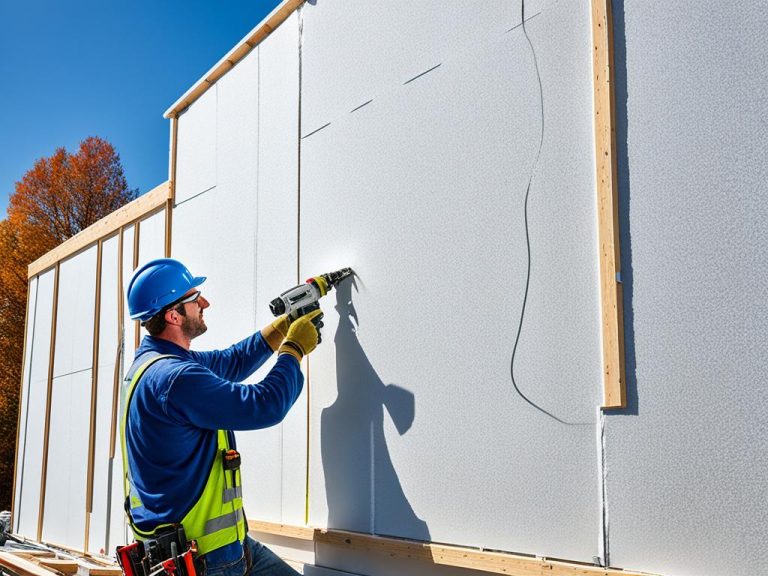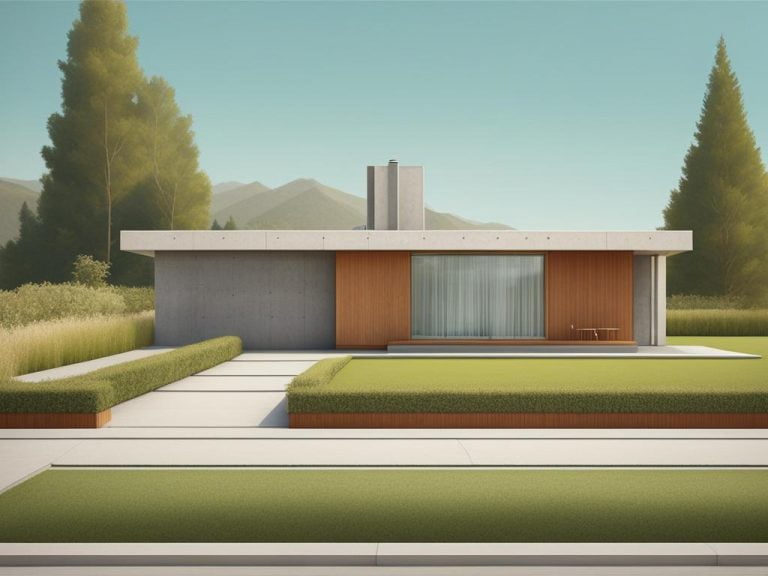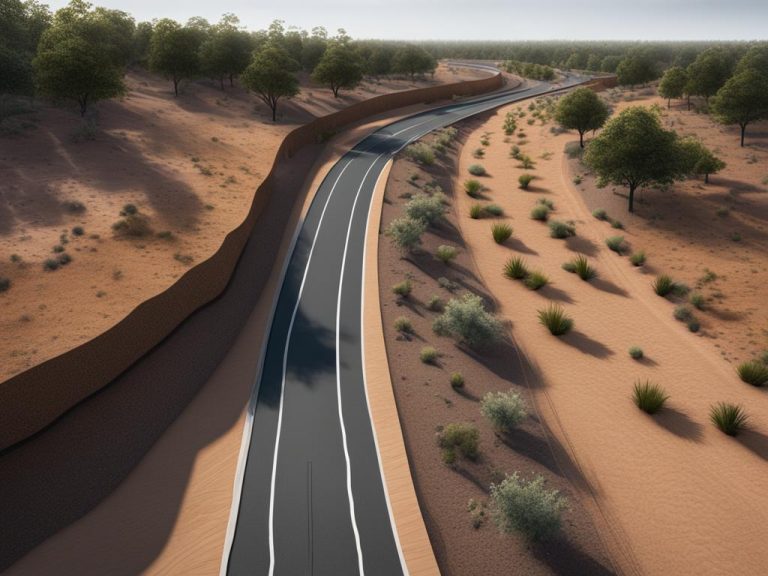10 Prefab Buildings You Wont Believe Were Built Less Than 1 month
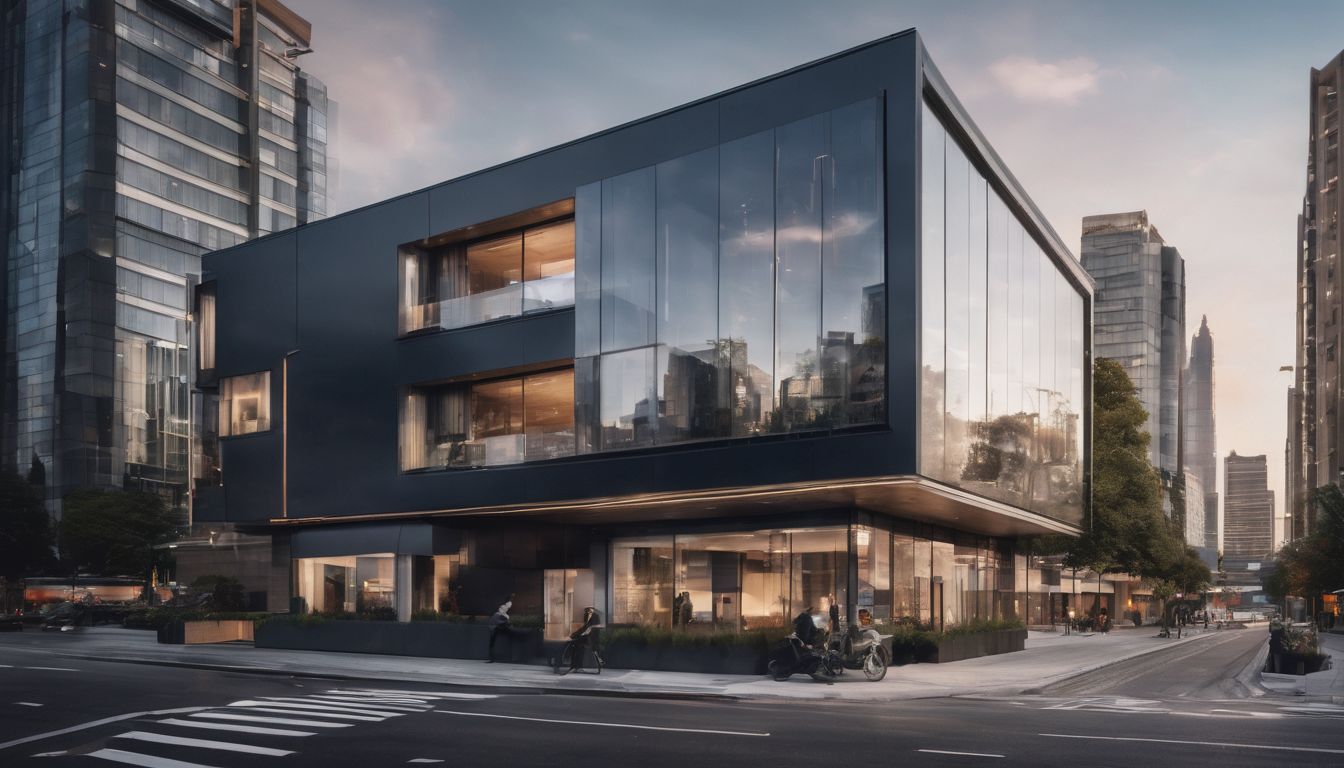
In the hunt for swift and smart housing solutions, many are turning their gazes towards the world of prefab buildings. These modern marvels can shoot up almost overnight, defying the usual wait-times tied to traditional construction.
This article will whisk you away on a tour of ten astonishing prefab structures that defy belief with their rapid rise and chic designs. You’ll be gobsmacked!
Key Takeaways
- Prefab buildings are going up really fast all over the world, with structures like Mini Sky City in China built in just 19 days and T30 Hotel in only 15 days.
- These buildings can look fantastic, be strong, and help save our planet. For example, Little Hero Apartments in Australia use eco-friendly designs.
- People make prefab buildings by putting together parts made in a factory. This means they build homes quicker and cleaner than old-style houses.
- In places like Japan and New Zealand, prefab methods have been used to create stylish kindergartens and houses that also survived earthquakes well.
- You can find amazing prefab examples from hotels to apartments everywhere – from The Stack in the USA to One9 Apartments in Australia.
The Advantages of Prefab Buildings

Prefab buildings last a long time and their quality is sure to be good. They are made in a factory where people keep an eye on every step to make sure everything meets the rules. These homes go up quickly because all the parts come ready from the factory.
This means you get into your house much sooner than if it was built the old way.
Saving money is another big plus of prefab houses. Since building stuff isn’t getting cheaper, these homes help your wallet stay healthy. You pay one clear price for everything, which includes planning, quality control, and choosing what things look like inside your home.
Plus, they’re kinder to the Earth because building them doesn’t waste as many materials or use as much energy.
Modern and Innovative Prefab Buildings Around the World

Embark on a global tour of architectural brilliance with our exploration of modern and innovative prefab buildings, where cutting-edge design meets rapid construction. These structures shatter all preconceived notions, showcasing the height of creativity and efficiency achieved in less time than you’d ever imagine.
Ibaraki Kindergarten, Japan
 Ibaraki Kindergarten in Japan shows what’s possible with prefab buildings. The country loves prefab homes for good money and culture reasons. Big projects pop up, showing how keen Japan is on this way of building.
Ibaraki Kindergarten in Japan shows what’s possible with prefab buildings. The country loves prefab homes for good money and culture reasons. Big projects pop up, showing how keen Japan is on this way of building.
Firms like IKEA, Toyota, and Muji get stuck in too, making more of these cool homes.
The place looks great and gets built fast because it’s a prefab. It has all sorts of clever bits to make it comfy and safe for kids to play and learn. This kindergarten stands out as a shining example in the world of quick-build schools done right.
Next up are amazing apartments down under – Little Hero Apartments in Australia are sure to impress!
Little Hero Apartments, Australia

Little Hero Apartments in Melbourne, Australia stand out as a shining example of modern prefab buildings. They show off how fast and cleanly these homes can go up. Builders made this place without making lots of trash.
People noticed it for the quick build time too.
These apartments are not just quick to build; they also use smart design to help our planet. Offices and stores fill the Little Hero building, all using eco-friendly ideas. More and more people in Australia choose prefab homes like these because they’re clever, nice-looking, and good for Earth.
Diamond Harbour House, New Zealand
 Diamond Harbour House in New Zealand turns heads with its stunning design and smart use of energy-saving features. Builders chose prefab methods to make a restaurant that shines with natural light and feels welcoming to all who visit.
Diamond Harbour House in New Zealand turns heads with its stunning design and smart use of energy-saving features. Builders chose prefab methods to make a restaurant that shines with natural light and feels welcoming to all who visit.
After the big earthquake hit Christchurch in 2011, this type of building showed it could stand strong and be put together quickly.
In New Zealand, moving houses around isn’t new — they’ve been doing it for years. With Diamond Harbour House, they keep making great places faster than before, which helps solve housing problems.
This house proves that homes made in parts can look amazing and work really well too.
Next up is Crowne Plaza Extension in Singapore, another example of how fast buildings can go up using modern methods.
Crowne Plaza Extension, Singapore

The Crowne Plaza hotel in Singapore got a big change with a new part built using prefab methods. This was the country’s first commercial project to try out this quick way of building, and it worked well.
In just 26 days, they made space for an extra 243 rooms. The design came from WOHA, architects based in Singapore.
This new section added over 100,000 square feet to the hotel. It shows how prefab buildings are not just for homes but can also work great for hotels and other large places. Such projects prove that making parts of a building somewhere else and then putting them together on site is fast and makes good sense.
The Stack Apartments, USA

Moving from the innovative designs in Singapore, we head over to New York City. Here, The Stack stands tall as a shining example of prefab housing done right. In Manhattan’s Inwood area, this seven-story building catches eyes with its modern look.
Peter Gluck designed it to mix luxury with accessibility.
Builders made The Stack by putting together apartments like big blocks. It’s known as the first of its kind in New York City and offers people a fancy place to live without too much cost.
Its unique style shows how popular prefab apartment buildings are becoming.
Mini Sky City, China

Mini Sky City in China towers at 57 storeys and is a marvel of prefab buildings. It took just 19 days to put together this huge skyscraper. Using modular homes tech, the building has space for 800 apartments and sits proudly in the Hunan capital.
This project shows off how quick and cost-effective prefabricated houses can be. At just US$700 per square metre, Mini Sky City was quite cheap to build. The company behind it is a leader in making such amazing prefab estates quickly and efficiently.
– T30 Hotel, China
T30 Hotel, China

Moving from the impressive Mini Sky City, let’s talk about another Chinese marvel in prefab construction – the T30 Hotel. Imagine a tall 30-story hotel shooting up to the sky in just 15 days.
That’s exactly what happened with the T30 Hotel, thanks to 200 skilled workers who worked around the clock. Built by Broad Sustainable Building, this hotel is more than just fast-made; it stands as a testament to modern design and eco-friendly building techniques.
With prefabricated components pieced together quickly and efficiently, the T30 Hotel wows anyone who hears about its rapid construction. Safety wasn’t tossed aside for speed either; this building is as sturdy as they come.
The swift assembly of such an establishment defies traditional building timescales and showcases how far modular construction technology has come.
Kings Park Accommodations, Australia

Kings Park Accommodations in Australia shows what prefab buildings can do. They mix cool design with fast building times. These homes are made in parts at a factory and then put together quickly on site.
This means less mess and noise than regular building work.
People also look at these houses for answers to climate change problems. Since they are built strong, they might stand up well against rising sea levels. It’s smart to think about this when choosing where to build new homes, especially near the water.
Next up is Gomos Modular Home in Portugal – another example of cutting-edge prefabricated housing.
Gomos Modular Home, Portugal

Moving from the natural charm of Kings Park Accommodations, we turn to the innovative Gomos Modular Home in Portugal. This house stands as a shining example of how prefab homes can be sleek and modern.
Built with a system called Gomos, it proves that beautiful houses can rise quickly – just 3 days to assemble! The design is smart and cost-effective, making it a clever choice for those who want their home fast without giving up style.
The Gomos Modular Home ticks all the boxes for cutting-edge construction. It uses precast concrete which makes building faster than traditional methods. The result is a thermally-insulated, strong structure that looks amazing too.
Its speed does not take away from its quality either; live in no time in a place that feels both contemporary and comfortable.
One9 Apartments, Australia

From Portugal’s innovative modular homes, we head to Melbourne where One9 Apartments break new ground. This Aussie marvel shows how fast prefab buildings can rise. In just five days, the nine-storey structure was up and standing tall.
It houses 34 modern apartments that mix comfort with clever design.
The team behind One9 used the Unitized Building system, which is smart work between Hickory Group and architects Elenberg Fraser. Their approach made a stylish building that looks great in the city’s heart.
Plus, they added green touches to make it kinder to our planet. It stands as proof that fast-built homes can be both beautiful and good for nature too!
Conclusion

Prefab buildings are changing the way we make homes and offices. With quick build times and lots of choices, they’re perfect for modern needs. They show us that smart design and speed can go hand in hand.
Just look at these amazing examples from around the world. It’s clear: prefab is here to stay, offering new solutions every day!
FAQs
1. What are prefabricated homes?
Prefabricated homes, or pre-fab homes for short, are houses made from sections built in a factory and then put together at the building site. They often have panels like concrete slabs or timber frames.
2. Can you tell me about the history of prefab buildings in Britain?
After World War II, Britain needed many new homes quickly, so the government passed laws like the Housing (Temporary Accommodation) Act 1944 to start projects like the Temporary Housing Programme using modular building methods.
3. What types of materials are used in prefab houses?
Prefab houses can be made with a bunch of different stuff such as steel framed buildings, cross-laminated timber, concrete blocks known as breeze blocks and even triple-glazed windows for keeping heat in.
4. Are there famous prefab estates I should know about?
Yes! One well-known estate is Excalibur Estate built with post-war prefab units called Cornish units; another is Catford in London where Orlit houses can be found – these are made of pre-cast reinforced concrete.
5. Why might someone choose a prefabricated house today?
Today people might pick one because they can go up fast and could use modern designs like modular housing which saves energy or feature things like double glazed windows to keep your home warm and hot water on tap!
6. Have new technologies changed how prefab buildings are created?
Certainly! Now we’ve got tech that makes building them even better – things like computer programmes to design them or the internet to share ideas through social media platforms and YouTube videos showing off cool examples.

